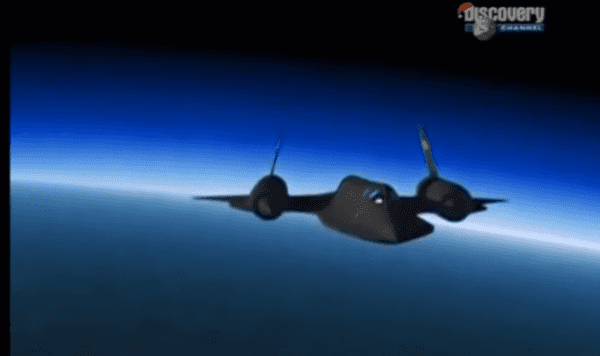There are some things in life that are extremely fast. Then there are those that are really fast, like supersonic speed fast. Supersonic speed is the speed at which an object’s rate of travel “exceeds”, or travels faster than, the speed of sound. This is what is generally considered to be Mach 1 speed.
Aviation research during World War II led to the creation of the first rocket- and jet-powered aircraft. The first recognized flight exceeding the speed of sound by a manned aircraft in controlled level flight was performed on October 14, 1947 by the experimental Bell X-1 research rocket plane.
Since then, incredibly amazing technological advances in materials, aerodynamics, and design achieved primarily by military research has resulted on modern fighter jets capable of flying at higher Mach speeds, up to three times higher than Mach 1. One would think that even thinking of ejecting at such exceedingly fast speeds would be unthinkable.
This video looks at such effects in the aftermath of ejecting at supersonic speed.
Pilots have seconds to decide whether or not to eject. The decision to eject must be second nature and once it is made, the ejection handles are pulled, and the ejection occurs with a force so powerful it’s like hitting a brick wall at 600 knots. If the ejection is successful, within two seconds one is headed for safety.

(The Joint Forces Channel/Youtube)
Testing for ejection requires precise calibrations and is extremely intense, conducted over and over again for accuracy. The three crucial areas of testing cover the helmet, life preserver, and life rafts. Sophisticated mannequins are used in the testing. If one is out of the proper body position when ejecting serious cervical, neck and spine injuries will likely occur. At wind speeds of around 800 mph, the chance of breaking one’s neck is a real possibility.
On April 18, 1995, during a night training mission off the coast of NC, the decision to eject became real when after a right turn an aircraft was heading straight for the ground at over 300 meters per second.
Passenger Dennis White was killed instantly during the ejection. Brian Udell lived to tell about it. He described hearing wind rushing over the canopy of the aircraft, which he knew was not a good sign.

(The Joint Forces Channel/Youtube)
Udell said his helmet was ripped off, the extreme force broke all the blood vessels in his face, his head was swollen the size of a basketball and his lips the size of a cucumber, his face was gouged by metal clamps on the helmet, and his arm was blown back, causing severe injury. But it was his leg that was only attached by artery, the vein and the skin.
With a shredded life preserver, Udell knew he had to act fast. He hit the ocean and fortunately his life raft was intact. He floated for more than four hours, suffering from extreme injuries, before he was rescued by the Coast Guard.
After being told he may never walk again, Udell was back in action for the world’s most extreme ride.



